Antarctica’s unique species at risk as avian influenza confirmed
Bird flu has spread to Antarctica for the first time as international scientific agencies confirmed the presence of the virus in skua seabirds found near the Argentinian base

READING LEVEL: RED
UPDATE
A deadly strain of bird flu has been confirmed on the mainland of Antarctica for the first time, scientists said, posing a potential risk to the icy continent’s huge penguin colonies.
“This discovery demonstrates for the first time that the Highly Pathogenic Avian Influenza virus has reached Antarctica, despite the distance and natural barriers that separate it from other continents,” Spain’s Higher Council for Scientific Investigation (CSIC) said on Sunday.
The presence of the virus was confirmed on Saturday in samples of dead skua seabirds that were found by Argentine scientists near the Antarctic base Primavera, CSIC added.
The confirmed case on the Antarctic Peninsula, coming after gentoo penguin cases on nearby islands last month, highlights the serious risk to colonies in the region. The H5N1 avian flu has decimated bird populations around the world in recent months.
“Analysis has conclusively shown that the birds were infected with the H5 subtype of avian influenza and at least one of the dead birds contained the highly pathogenic avian influenza virus,” CSIC said in a statement.
Argentina’s Antarctic Institute on Monday said that the South American country had worked with Spanish researchers to test samples from dead birds found earlier in the year near the Argentine base, which, along with data from the Scientific Committee on Antarctic Research, confirmed the presence of the virus.
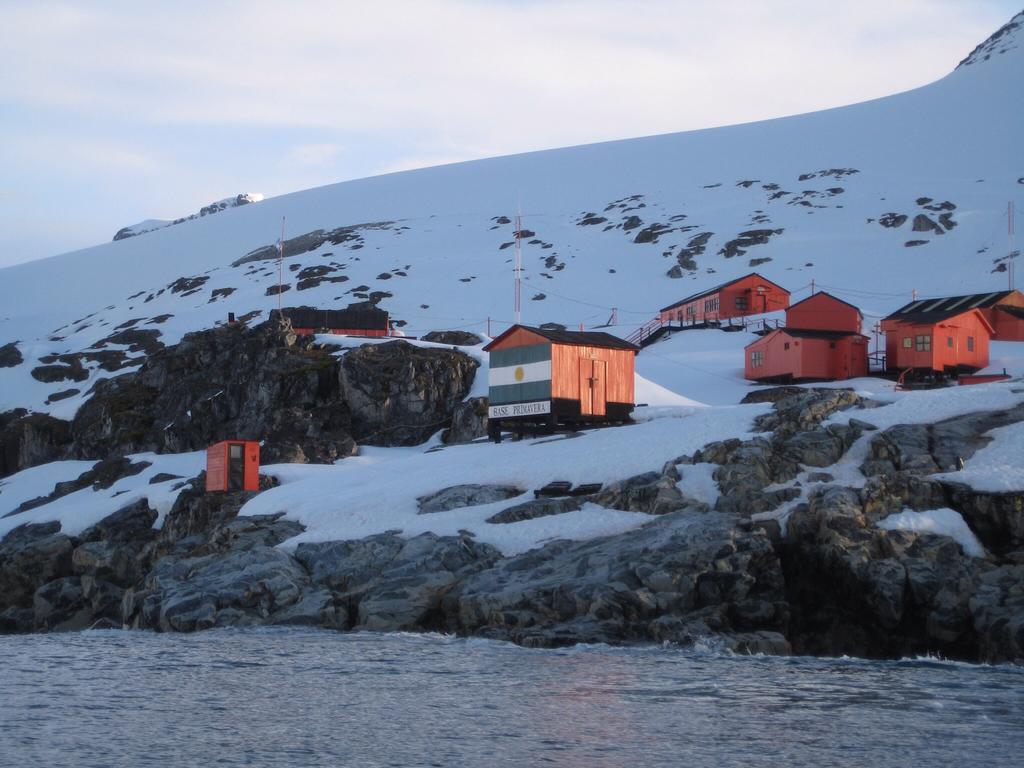
GENTOO PENGUINS CASES CONFIRMED
Scientists suspected in January that bird flu had edged closer to Antarctica for the first time, when samples taken from two gentoo penguins in the Falkland Islands came back positive.
Researchers found about 35 dead penguins in the Falkland Islands in the South Atlantic on January 19, according to the Scientific Committee on Antarctic Research (SCAR). Samples taken from two of the dead penguins came back positive for the H5N1 avian* influenza virus, said Dr Ralph Vanstreels, a veterinarian* who works with SCAR.
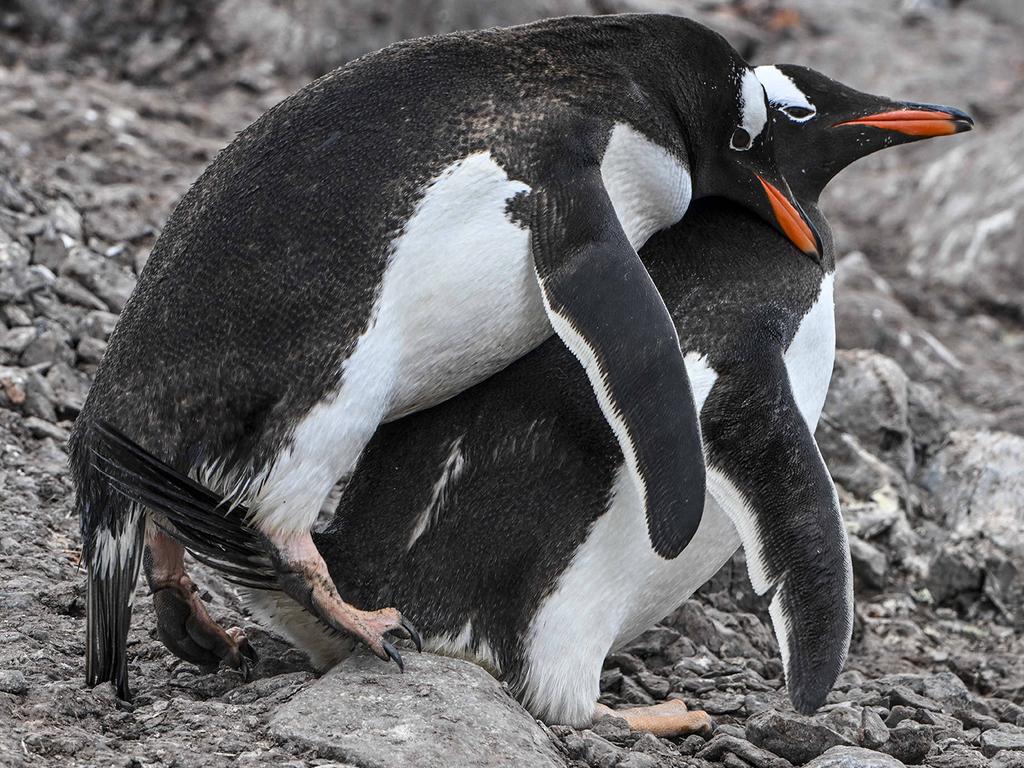
The Falkland Islands government told Reuters that many more gentoos were dying under similar circumstances. As of January 30, “there (were) over 200 chicks dead alongside a handful of adults”, said government spokesperson Sally Heathman.
The deaths confirmed that gentoo penguins are susceptible* to the highly contagious* and deadly disease that has decimated* bird populations around the world in recent months.
However, gentoos rarely travel between the Falklands, off Argentina’s coast, and the Antarctic Peninsula, which lies some 1300 km to the south.
That distance means travelling penguins are unlikely to drive the spread of avian influenza, known as bird flu, to the southern continent, said Dr Vanstreels.
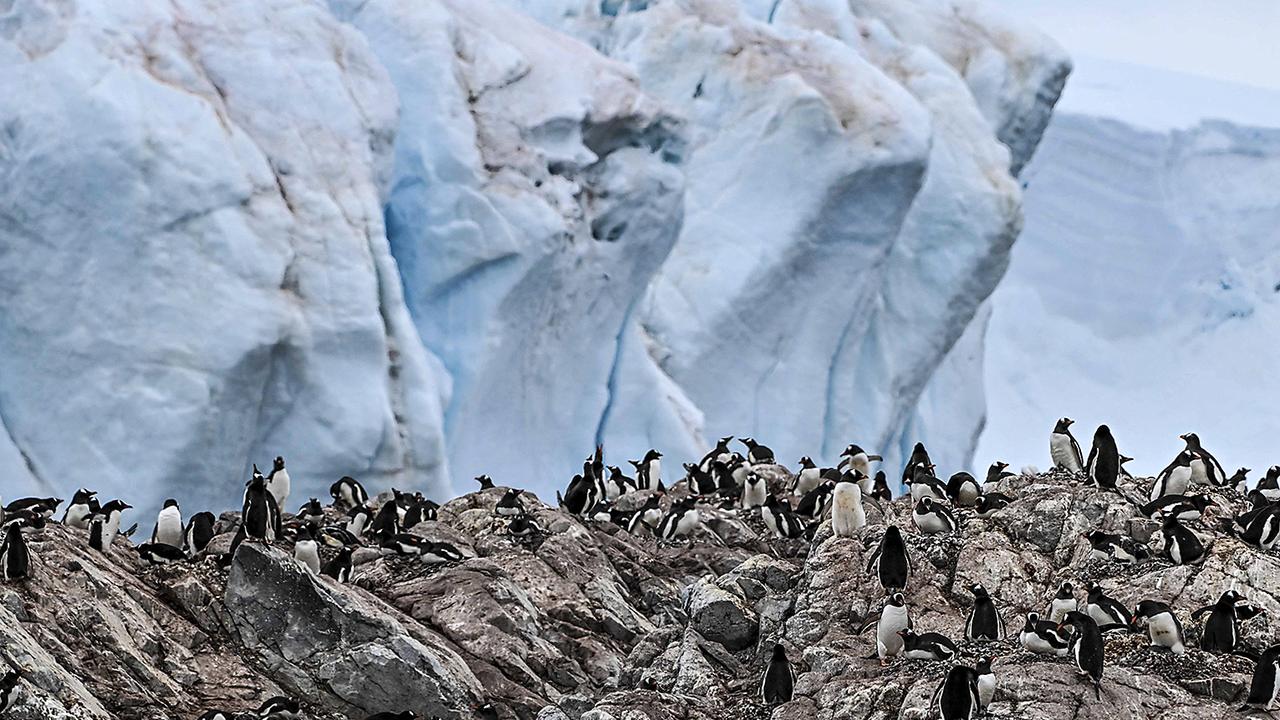
“The role that gentoo penguins could have, instead, is to serve as local reservoirs* of infection,” he said. “That is, maintain a pool of susceptible hosts that never leaves the islands.”
Hundreds of thousands of penguins and birds gather in tightly packed colonies on the Antarctic continent and nearby islands, which could enable the deadly virus to easily jump between individuals. But conservationists* were currently more concerned about other species, Dr Vanstreels said.

Scientists confirmed as recently as January 11 that bird flu had reached the fur and elephant seal populations in South Georgia for the first time. In the three weeks since, large numbers have died, following earlier mass casualties of those species in South America.
“This is especially concerning because South Georgia is home to 95 per cent of the world’s population of Antarctic fur seals,” Dr Vanstreels said. “If that population collapses, the species will be in a critical situation.”
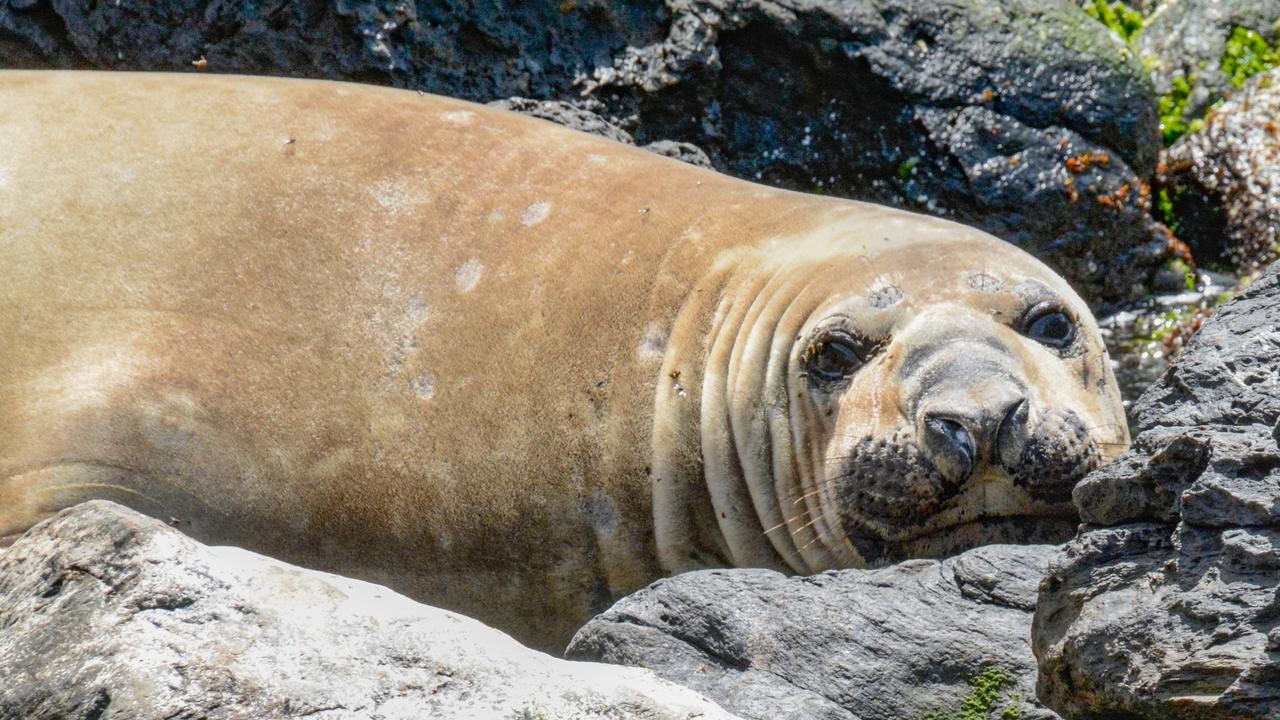
HOW DID THIS HAPPEN?
Scientists first suspected the presence of bird flu near Antarctica in October 2023, following the death of several brown skua seabirds on Bird Island.
In December, scientists from Britain’s Animal and Plant Health Agency (APHA) and the British Antarctic Survey (BAS) spent three weeks in the affected islands, collecting samples from dead mammals and birds.
Scientists confirmed on January 11 that those samples tested positive for bird flu in elephant seals, fur seals, brown skuas, kelp gulls and Antarctic terns.
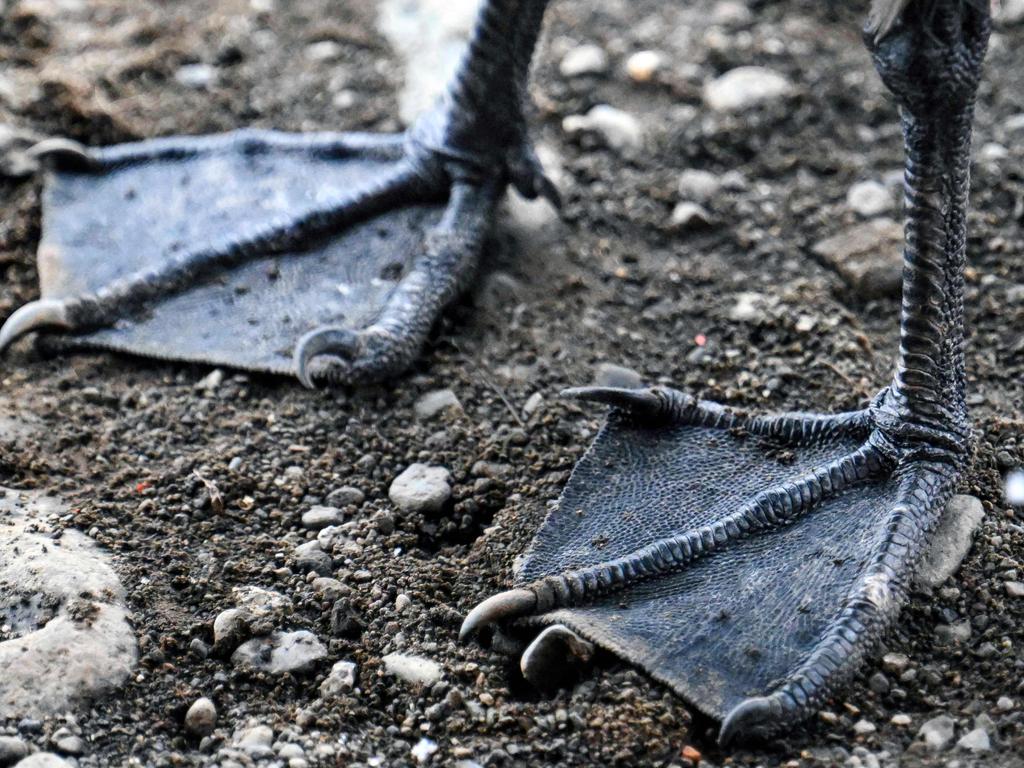
“Given Antarctica is such a unique and special biodiversity* hotspot, it is sad and concerning to see the disease spread to mammals in the region,” said APHA scientific services director Professor Ian Brown.
The current worldwide outbreak of H5N1, which began in 2021, has killed millions of birds on poultry farms, and scientists fear its impact on Antarctic wildlife could be devastating. The virus has the potential to infect 48 species of birds and 26 species of marine mammals in Antarctica, according to a report published last month by OFFLU, a global network of animal influenza experts.
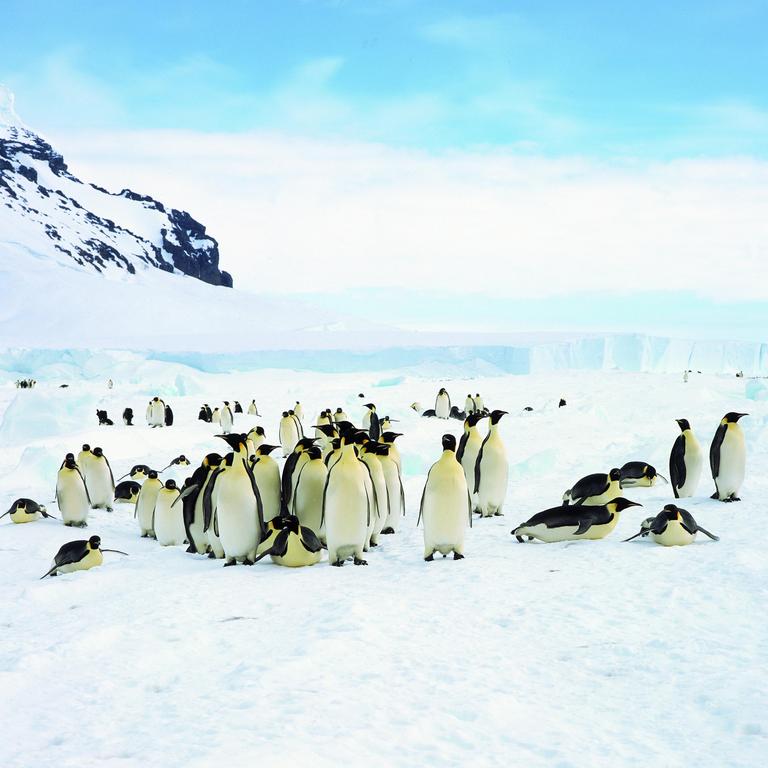
The analysed samples indicated migratory* birds from South America had likely introduced the virus to South Georgia.
“Seals, that are known to scavenge*, may become infected when they consume infected bird carcasses*,” said University of Leeds ecologist Dr Alastair Ward.
Fuelling global concern about the virus’ spread to vulnerable and endangered wildlife populations, Alaskan officials also confirmed in early January the first known case of a polar bear dying of H5N1.
“If a bird is weakened by avian influenza, or succumbs* to it, polar bears aren’t fussy about what they eat,” University of Alberta polar bear biologist Professor Andrew Derocher told Reuters. “If it’s dead and it’s edible they’ll probably eat it. There is a high likelihood of an interaction between climate change, avian influenza, bird mortality* and polar bears.”
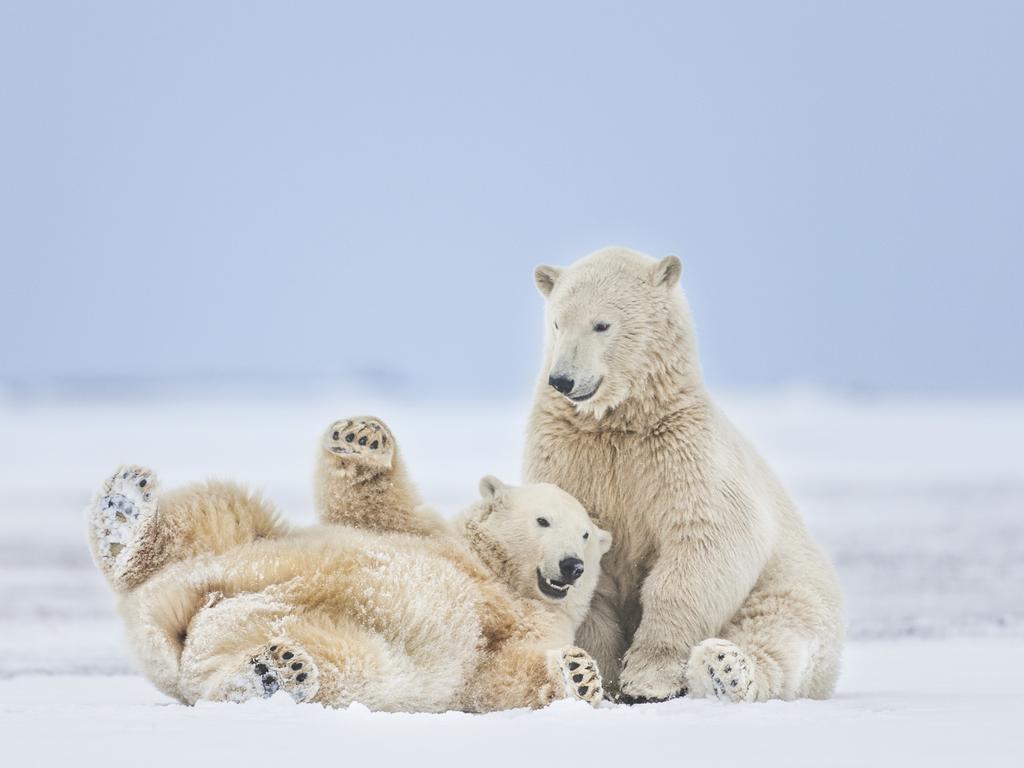
POLL
GLOSSARY
- stoking: stirring, fuelling, building up
- avian: related to birds
- veterinarian: animal doctor, someone who treats sick and injured animals
- susceptible: vulnerable, open to or defenceless against something
- contagious: infectious, something that is easily passed from on from one to others
- decimated: killed a large number, severely reduced
- reservoirs: large supplies of something
- conservationists: people who work to protect the environment from the damaging effects of human activity
- biodiversity: all the different kinds of life that can be found in a particular area or region
- migratory: species that move to other places in large places
- scavenge: to search for food, which in some cases may include picking through remains
- carcasses: the remains of animals
- succumbs: dies as a result of injury or disease
- mortality: death or the number of deaths in a certain group
EXTRA READING
World’s biggest iceberg sets sail
Seals in hi-tech helmets help Antarctic study
Antarctic penguin swims to New Zealand
QUICK QUIZ
- What is the virus code and proper name for bird flu?
- Which species of penguin has been impacted by bird flu?
- How far are the Falkland Islands from the Antarctic Peninsula?
- South Georgia is home to what proportion of Antarctic fur seals?
- Which other iconic, cold climate animal has had its first confirmed bird flu fatality?
LISTEN TO THE LATEST UPDATE
LISTEN TO THIS STORY
CLASSROOM ACTIVITIES
1. Why is this important?
Create a diagram or poster that will help younger kids understand why it is so important to protect biodiversity in Antarctica. Use information in the story and perhaps your research skills to help you.
Time: allow at least 40 minutes to complete this activity
Curriculum Links: English, Science, Geography
2. Extension
Can you think of anything that could be done to help stop the spread of “bird flu” to other species in Antarctica? Brainstorm as many ideas as you can.
Time: allow at least 15 minutes to complete this activity
Curriculum Links: English, Science
VCOP ACTIVITY
Wow word recycle
There are plenty of wow words (ambitious pieces of vocabulary) being used in the article. Some are in the glossary, but there might be extra ones from the article that you think are exceptional as well.
Identify all the words in the article that you think are not common words, and particularly good choices for the writer to have chosen.
Select three words you have highlighted to recycle into your own sentences.
If any of the words you identified are not in the glossary, write up your own glossary for them.
Extension
Find a bland sentence from the article to up-level. Can you add more detail and description? Can you replace any base words with more specific synonyms?
Down-level for a younger audience. Find a sentence in the article that is high level. Now rewrite it for a younger audience so they can understand the words without using the glossary.

